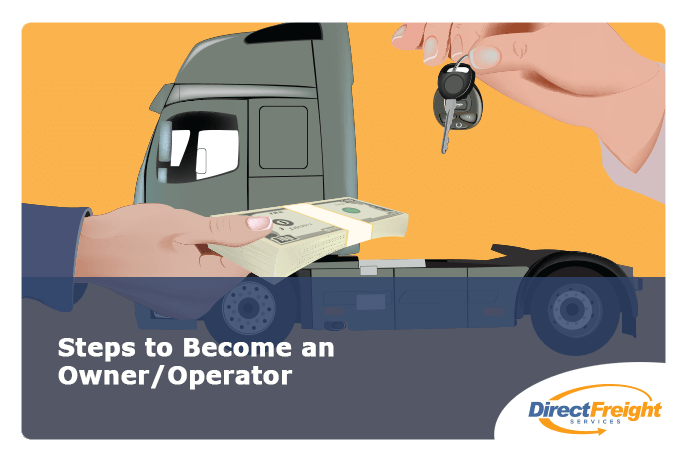
Truck drivers have a statistically high risk job. The combination of sleep deprivation, long hours, and tight schedules means that truck drivers can be susceptible to accidents that, under normal driving conditions, might not happen. It’s a high stress job and working conditions are often hard on the body. According to the Bureau of Labor Statistics, it is estimated that approximately 70% of truck drivers have at least one serious health condition. A preexisting condition, plus a high risk job, means that less health insurance companies will cover you. The companies that will cover you are also going to charge you more than the general public. On top of all of this, the average age of a truck driver is 55, which is an age where the body begins needing more medical attention than ever. In short, getting a good health insurance plan for truck drivers is not an easy task.
Faced with the prospect of being denied by health insurance providers, or paying hefty premiums, what can you do? What is the best health insurance option for truck drivers that want to keep it affordable? There are multiple options and we’ll walk you through them.
Do Truck Drivers Qualify For Medicaid?
It depends on how much you make. If you’re just starting out as a new truck driver and you make below $30,150, then Medicaid may be the best option for you. It just might not be the best long term option for you. The average truck driver’s salary is around $43,464 per year. With this being well over Medicaid’s salary cap, a career truck driver cannot depend on Medicaid for their health insurance needs. So, for most truck drivers, the ones who want to make a career out of driving, Medicaid is not going to be a viable option.
What Other Health Insurance Options Are Out There That Are Affordable?
Truck drivers can take advantage of something called a health-share plan that can be an alternative to traditional health insurance. This can make driving a truck a more appealing career choice by making your healthcare more affordable. Essentially, a health-share plan works in the same way as a traditional plan would whenever you go to pay for healthcare. However, health-share plans are uniquely suited to the truck driving industry.
Your payments (or premiums) into a health-share plan are going to be lower than you would have to pay for traditional health insurance. Not only that, but your hard-earned money isn’t going to a faceless insurance company. Your premium goes toward helping other truck drivers when they need the money for their healthcare needs. Then, when you have a health care need, it’s your turn to take money out of the account.
Under the health-share system, your payments made into the plan are placed into an escrow account. When a healthcare need arises, your claim will be paid for through the funds available in the escrow account.
Finally, you can depend on health-share plans acting as most other insurance options. Health-share plans offer visits to the doctor, discounts on prescriptions, and preventative care programs.









